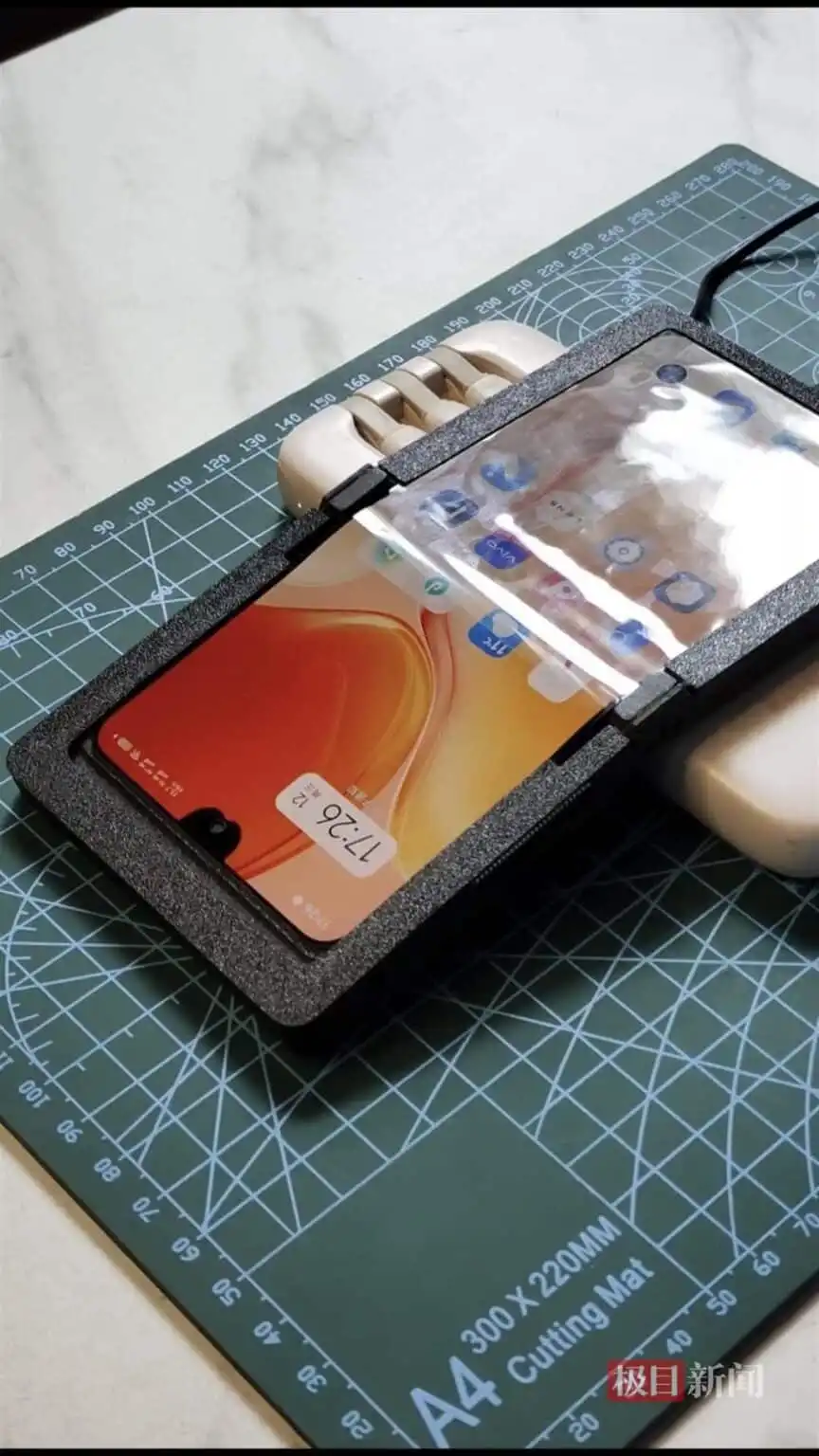17-Year-Old Chinese High School Student Builds a Foldable Smartphone at Home Using Recycled Parts—and It Actually Works
While tech giants pour billions into developing the next breakthrough device, a 17-year-old student in China has quietly engineered a foldable smartphone from scratch—using a 3D printer, spare parts, and a strong dose of resourcefulness.
A Smartphone Built in a High Schooler’s Room
Lan Bowen, a first-year student at Yiling High School in Yichang, Hubei Province, undertook what would be a remarkable DIY project for any engineer, let alone a teenager.
Armed with a 3D printer bought for 2,000 yuan (about US$275) and parts salvaged from old family phones, Lan designed and built a fully functional foldable smartphone—on his own.
The result is a 16mm-thick device that, while bulkier than today’s sleek commercial models, carries an inventive twist: it folds vertically with the screen on the outside, unlike all commercial foldables that protect the screen on the inside.
A Design Born Out of Market Dissatisfaction
Lan was inspired after noticing that commercial foldable smartphones followed just a few design templates—mostly horizontal folding or inward-folding vertical designs.
“I found various types of such horizontal models and the inward-folded vertical ones were available on the market,” he explained in a video posted on February 16 that has since gone viral, reaching nearly 5 million views. “But no outside-folded vertical ones which leave the screens outside while bent.”
His solution? Design his own. The young student created a custom frame using the 3D printer, and meticulously assembled the components himself, using parts from unused phones in his household and a few ordered online.
He even gave it a nickname: “meal card machine,” referring to its dimensions when folded, which resemble a canteen card—although he admitted it’s much thicker.
Engineering Challenges and Hands-on Perseverance
Building the phone wasn’t smooth sailing. One of the major hurdles involved touchscreen malfunctions when the device was unfolded.
“I found the reason was that the screen was pushed out when it was unfolded,” Lan said in the video. After numerous tests and several damaged screens, he finally resolved the issue.
Despite the setbacks, the device was completed and is fully capable of performing all the basic functions of a regular smartphone, according to Lan.
“My smartphone is at a very primitive stage, with plenty of shortcomings,” he acknowledged. “But the good thing is that it is able to implement all the functions of a normal mobile phone.”
Viral Fame and Industry Recognition
Lan’s inventive spirit and technical skills quickly caught the attention of the online tech community. One user commented: “I see a small version of Lei Jun, the founder of Xiaomi, a domestic leading consumer electronics giant.”
Another viewer admired not only his craftsmanship but also his communication skills: “He not only does handicraft well, but also has a good expression ability and makes videos adeptly.”
The recognition went even further. Vivo, one of China’s top smartphone brands, responded to the video, saying: “It is great! Vivo expects more marvellous work from you,” as cited by the South China Morning Post.
A Lifelong Passion for Making
Lan’s talent didn’t emerge overnight. As a child in primary school, he built military models, a hobby encouraged by his parents—his father is a taxi driver, and his mother works in insurance sales. That early encouragement seems to have laid the foundation for his self-taught technical skills and innovative mindset.
Despite his engineering aptitude, Lan remains modest. He admits he struggles in most academic subjects, except for English and geography. Still, his hands-on passion has only grown stronger over time.
Lan’s story echoes a larger trend: with technologies like 3D printing becoming increasingly accessible, more young minds are stepping into the maker space and redefining who gets to innovate.

